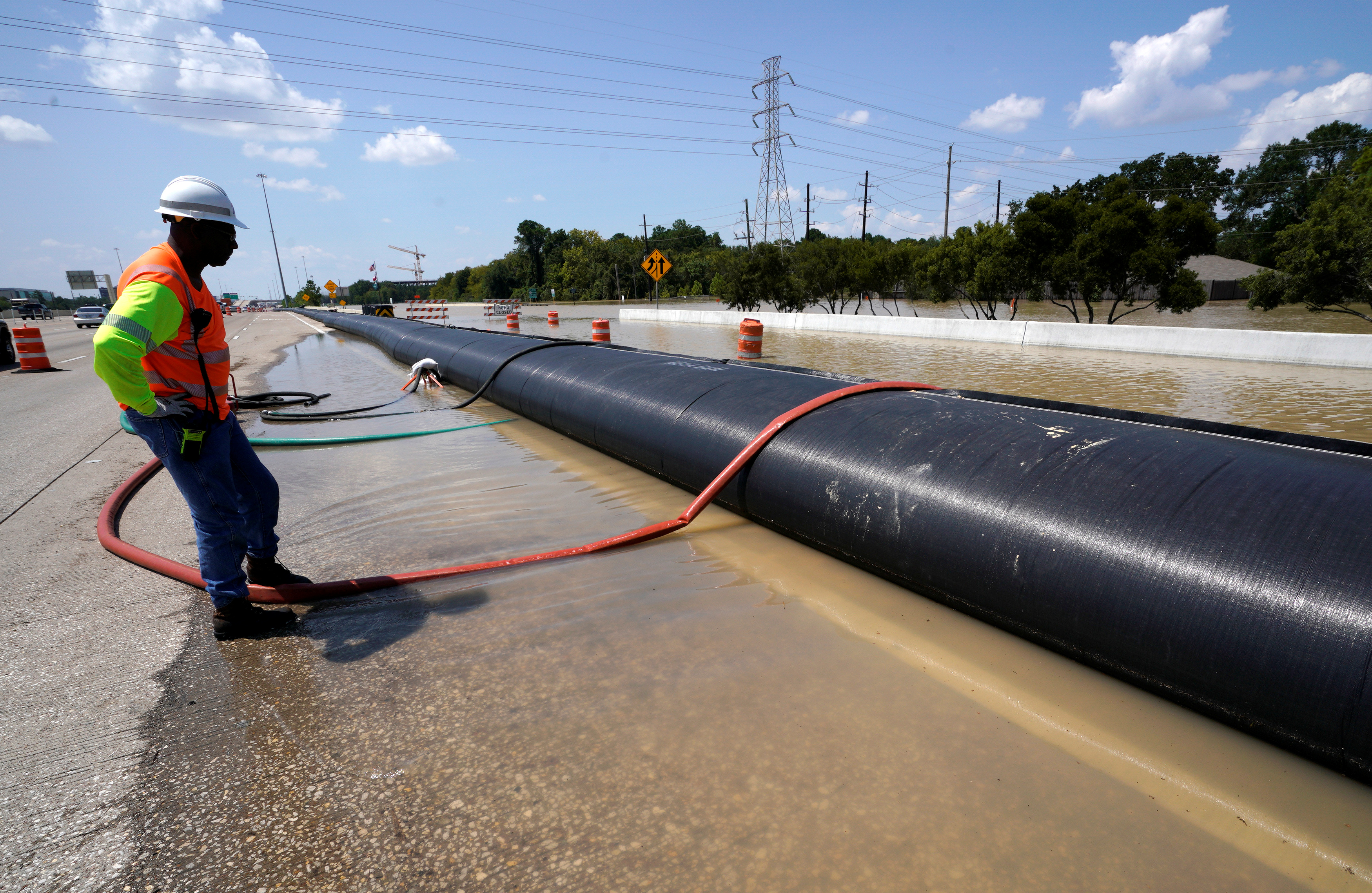
By Victoria Bryan
BERLIN (Reuters) – With inflation paramount in investors’ minds at a time of rising wages and oil prices, the line separating winners and losers in the global airline industry this year looks likely to be drawn on how well they manage costs, especially on the labor side.
Industry body IATA in December flagged higher spending on labor and fuel – which make up about half of airlines’ operating expenses – as their members’ biggest challenge in 2018, especially after several years of record profits.
Labor costs surpassed fuel as global airlines’ biggest single expense in 2016, at 22 percent of costs against just under 21 percent for fuel. That is expected to jump this year to 30.9 percent versus 20.5 percent for fuel.
Back in 2013, when oil prices were much higher than now, fuel was 33 percent of expenses against 18 percent for labor.
Staff costs are typically higher in North America and Europe than in Asia, where fuel remains the biggest expense.
The crux of the issue is that amid signs of a global shortage of workers generally, in some regions there’s also a scarcity of qualified pilots at a time of expanding fleets.
“As airlines have been making profit, the workforce has got market power, so that is pushing up the cost of labor,” IATA Chief Economist Brian Pearce said in an interview.
Overall, unit costs – the measure of how much it costs an airline to operate each kilometer and seat flown – will rise 4.3 percent this year versus 1.7 percent in 2017, IATA forecasts.
In the highest profile example of the pressures, budget carrier Ryanair was compelled last year by pilot shortages to cancel thousands of flights, and in December recognized trade unions for the first time.
The battle that forced Ryanair’s hand could put wage pressures on other European budget carriers such as Wizz, industry experts say.
The bigger carriers feel it too.
At Air France, 10 unions representing pilots, cabin and ground staff have called for a strike on Feb. 22 to push a demand for a 6 percent pay rise.
“After three years of strong profitability improvements in the sector, we believe personnel and suppliers are asking for wage/price increases and thus keeping non-fuel costs under control will remain a challenge for the sector,” Kepler Cheuvreux analyst Ruxandra Haradau-Doser wrote.
The wage issue has even extended to the United Arab Emirates, the Middle East trade and financial hub where labor disputes are rare and unions and industrial action are banned.
The region’s largest airline, Dubai-based Emirates, is facing calls from cabin crew to improve conditions and benefits. Employees say management is considering their requests.
Last week, brokerage Kepler Cheuvreux cut its rating on German flagship carrier Lufthansa – already on its lists of stocks to avoid and least preferred in the sector – to “reduce” from “hold”.
In the United States, investors are worried that the three largest carriers – American, Delta and United- are heading for a price war just as higher costs from pay increases agreed last year start to bite.
CONSOLIDATION
Lufthansa, British Airways parent and Air France-KLM are all expected to report improved 2017 profits when they publish results over the next few weeks.
All airlines will need to look at areas where they can save, however.
“The most successful airline managements are the ones that have been very cost-focused every day – not just on staff costs but on aircraft costs, airport charges, distribution costs and so on,” said aviation consultant John Strickland.
The success of Ryanair, which boasts of having the lowest costs in Europe, is partly down to hard negotiating with manufacturers and airports to get good deals on orders and fees, those in the industry say.
Strickland said that while pilot costs would rise, Ryanair was unique in having much lower overall costs than rivals.
“If they can continue to keep other items such as airport and aircraft costs down, then they will still be in a very strong position.”
Lufthansa has been taking a tougher stance lately both with staff and airports.
Unlike in previous negotiations for its main brand in Germany, Lufthansa stayed firm during a series of pilot strikes from 2014 to 2016 and has now struck a deal to cut its cockpit staff costs by 15 percent, while an increase in ground staff’s wages will be partly linked to company profits.
Last year, it also put pressure on Frankfurt Airport operator Fraport by moving planes to Munich. It predicts unit costs will fall by 1-2 percent this year.
Analysts at Barclays say while such measures should help Lufthansa, the rate of improvement is not sustainable and progress still needs to be made at budget unit Eurowings, which earns less than half the margin of its nearest peer.
“There is a significant amount more work for the company to do on its cost base,” they wrote in a note.
Along with strong travel demand thanks to robust economies and low oil prices last year, European airlines have also benefited from some consolidation following the insolvencies of Air Berlin and Monarch, which helped lead to higher ticket prices.
In addition, many European carriers hedged on jet fuel – unlike their U.S. counterparts who got burned making the wrong bets when the oil price starting tumbling in mid-2014 – meaning the impact of higher fuel prices will come through for European airlines later than U.S. ones.
EasyJet’s revenue per seat rose 6.6 percent at constant currencies in the quarter to end-December, the no-frills airline said, citing the struggles of rivals including Air Berlin, Monarch, Ryanair and Alitalia. It forecast a rise of 5-9 percent for the six months to March.
“Airlines need to be careful they don’t lock themselves into cost structures that are too high for weaker economic conditions,” IATA’S Pearce warned. “At the moment, they’re not doing that but it’s always a risk.”
(Reporting by Victoria Bryan; Editing by Sonya Hepinstall)







